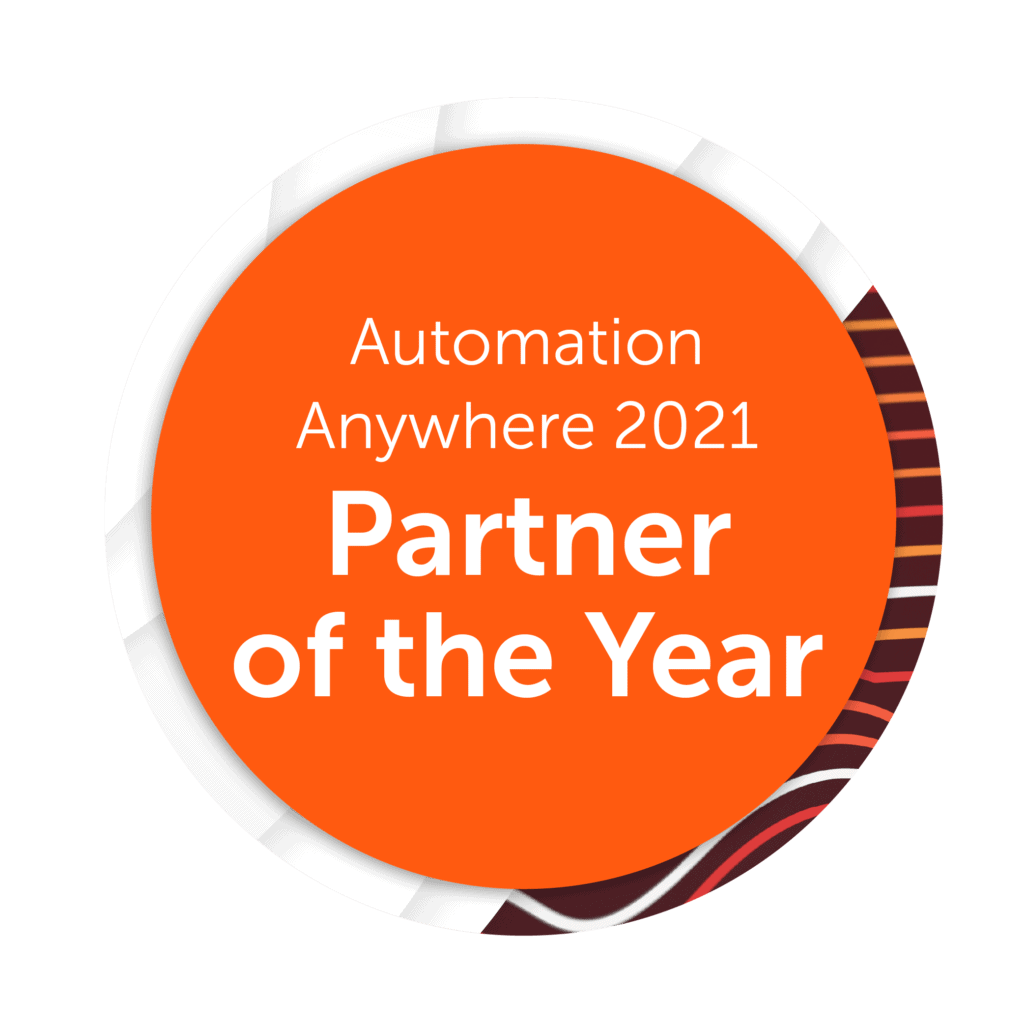As organizations start getting back to normal after the COVID-19 pandemic, AI and machine learning is top of mind for many of these leaders. How to adopt AI and machine learning into business processes is a critical goal to improve process efficiency and scale to handle the increased demand for AI and machine learning for years to come.
One topic that is of interest in this space is the term intelligent automation. Many organizations have invested in automation programs to automate the back-office manual processes and provide business value to their organizations. Now this market is looking at embedding AI and machine learning together with automations to drive more end-to-end solutions and tackle those potential use cases that were once thought impossible.
One of the leading methods for process automation involves robotic process automation (RPA). With these technologies, business users can easily build, deploy, and manage software robots that emulate humans actions interacting with digital systems and software. Just like people, software robots can do things like understand what is on a screen, complete the right keystrokes, navigate systems, identify and extract data, and perform a wide range of defined actions. The benefit of these software robots is they can perform these actions faster and more consistently than people and can run 24/7.
As these automation teams scale and build more and more robots, they are now turning to AI and machine learning to push their complex use cases into production to drive wider adoption and open major cost savings for their company. With the power of DataRobot, creating AI and machine learning models with your data becomes less of a bottleneck due to the guardrails and transparency from getting from data to value. Not only can the most experienced data scientist improve the way to get models into production but also the role of citizen data scientist can leverage the best practices and approaches in data science with DataRobot. This is leading to curiosity in these automation programs to understand bigger problems and deliver end-to-end automation solutions that combine AI and machine learning with RPA. These automation specialists are now upskilling in data science, leveraging DataRobot, to rapidly build highly predictive models, in a no-code environment, and embed them into their automation workflows.
DataRobot delivers powerful AI and automated machine learning to accelerate the model development, deployment, and monitoring of models at scale. DataRobot uncovers insights in data that would be impossible for even expert humans to detect.
DataRobot and our RPA partners continue to push the boundary in the intelligent automation space in use cases with anti-money laundering (AML), invoice processing, customer churn, and inventory management. Partnering with Automation Anywhere, we helped one of our banking customers predict anomalous changes in behavior and nascent money laundering patterns before they spread. It forces banks to spend time chasing false positives and hunting for investigators’ notes. There are three major steps in this process that DataRobot and Automation Anywhere solved.
- Data collection: Automation Anywhere logs in to third-party systems, collects data (such as transactional, customer due diligence, and adverse news), and prepares the data for the machine learning model.
- Machine learning: A DataRobot model complements the rules-based transaction monitoring system and scores the alerts to reduce the number of false positive (on average, by 20 to 60%) SAR alerts for review.
- Analytics and RPA: Suspicious cases are generated and prioritized. The RPA bot sends an automated email to the case handlers for review. Regulatory reports can be automatically populated and sent for review, with prediction explanations that outline the key drivers of each prediction being made.
Together, DataRobot and Automation Anywhere deliver a financial services solution that helps banks do the following:
- Better respond to regulatory scrutiny
- Reduce the costs of financial crime compliance programs
- Reduce processing costs
- Reduce false positives
- Improved operational resilience
This is just one of many examples where combining RPA and DataRobot can push the envelope of automation and drive higher savings for customers.
DataRobot Awarded European Technology Partner of the year by Automation Anywhere
DataRobot was recently awarded European technology partner of the year by Automation Anywhere, which validates the synergies between RPA and AI and machine learning. As technology partners, we are continuing to solve use cases outside the normal and delivering groundbreaking solutions for our customers.
Join our Upcoming Webinar on May 20
If you are interested in learning more about this AML solution, we have an upcoming webinar with Automation Anywhere on May 20, 2021, at 11:00 AM EST. You can register for the webinar here.
For more information on use cases and material about DataRobot and RPA, please contact your account team or email ipa@datarobot.com.
About the author
Andrew Pellegrino
Director of Intelligent Automation at DataRobot
Andrew works in Business Development at DataRobot specializing in Robotic Process Automation with Machine Learning. Previously, Andrew led the Intelligent Automation team at Kellogg Company. Andrew was also part of the Intelligent Automation practice at KPMG for over 4 years assisting clients from initial strategy to implementation of Intelligent Automation solutions. Andrew has a M.S. in Finance and a B.S. in Economics from Michigan State University.









